New York's infamous Rikers Island jail is to close
- Published
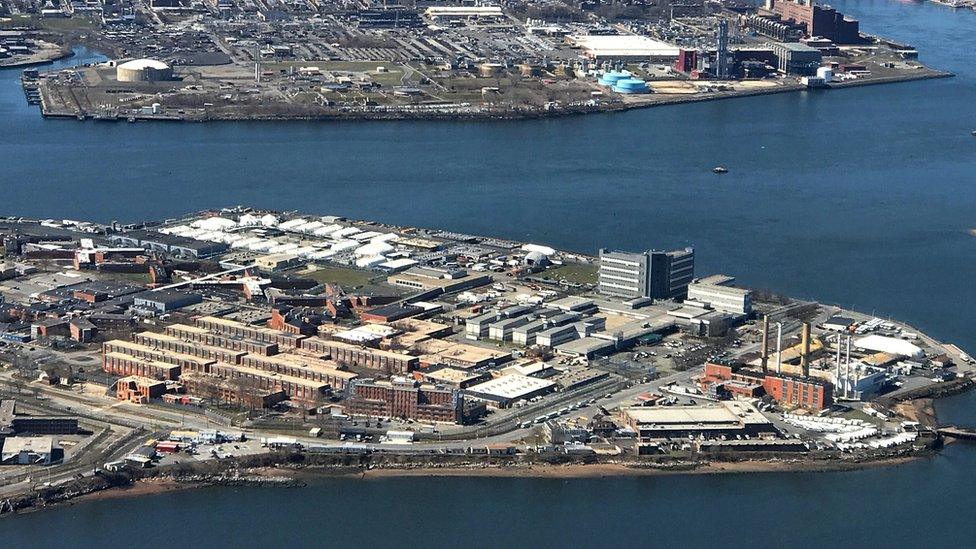
A bridge connect Rikers Island to the rest of New York
Rikers Island, a New York jail notorious for the grim stories of cruelty and abuse that emerged from behind its walls, and for its infamous inmates - among them Tupac Shakur, Sid Vicious, and Mark David Chapman - is to close.
The jail earned a variety of nicknames over the years, including Gladiator School, Torture Island, and, when the weather was warm, the Oven - because its concrete floors and steel doors soaked in the summer heat. New York city council speaker Corey Johnson called it "a symbol of brutality and inhumanity".
"It is time for us to once and for all close Rikers Island," Mr Johnson told the city council. "As a city we must do everything we can to move away from the failed policies of mass incarceration."
Following a vote by council members, his first demand at least will come to fruition - the storied jail is now set to close in 2026.
At a meeting of the city council, council members recounted the deaths of former inmates, including Kalief Browder, who took his own life at the age of 22 after being imprisoned in Rikers aged 16 for stealing a backpack - a crime he denied. Browder's family could not afford bail, and he spent three years awaiting trial, half in solitary confinement.
Layleen Polanco was a transgender woman who died of an epileptic seizure, also in solitary confinement. After her death, the New York Civil Liberties Union (NYCLU) called for Rikers' closure and a reform to the jail culture of "punishment, abuse and neglect".

The jail, pictured here in 1983, has been open since the 1930s
Rikers Island is among the world's largest jails - it is perched on a 413 acre (167 hectare) island between Queens and the Bronx and holds about 7,000 inmates, down from more than 20,000 at its peak in the 1990s. Most inmates are awaiting trial or serving sentences shorter than one year and a disproportionate number are black or Hispanic.
"For decades, our city was unfair to those who became involved in the justice system, and the overwhelming majority who were caught up were black and brown men," Mr Johnson said.
Along with three other detention centres in Manhattan, Brooklyn and the Bronx, the jail complex will be replaced by four new facilities under a six-year, $8.7 billion proposal put forward by the city's mayor, Bill de Blasio. Critics of the proposal argued that it would lead to higher levels of incarceration in the state - and protesters disrupted the vote, shouting: "If you build it they will fill it."
"The idea is to begin actually decarcerating New York City instead of building new jails" said Marlene Nava Ramos, a member of the advocacy group No New Jails NYC.
Other critics said the six-year timeline was unrealistic, claiming that the plan to shrink the jail population to a combined daily capacity of 3,300 prisoners would mean more violent criminals on the streets.
"It's not clear how they're going to get these numbers and it's politically driven," Seth Barron, from the conservative think tank NYC Initiative, told the Associated Press. "It's a big risk because we've already taken all the nonviolent people out of Rikers," he said.
Mr de Blasio said he was optimistic. "The era of mass incarceration is over," he told reporters after the vote. "This action today is about valuing our people - no longer sending them on a pathway that only made their lives worse and worse."
He spoke of breaking "a cycle of incarceration" by better integrating prisoners into the community once they have completed their sentences. "That cycle ends now," he said.
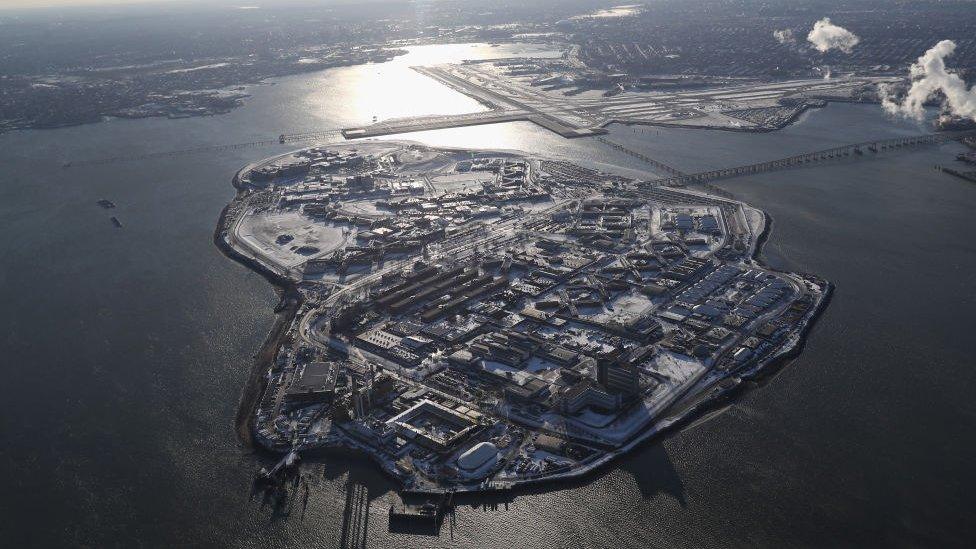
Rikers prison complex in the snow
- Published17 March 2013
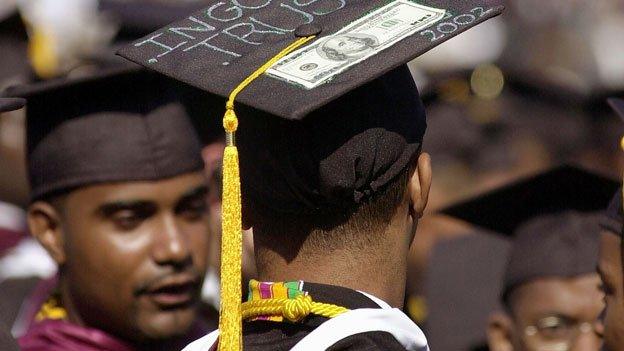
- Published4 August 2014
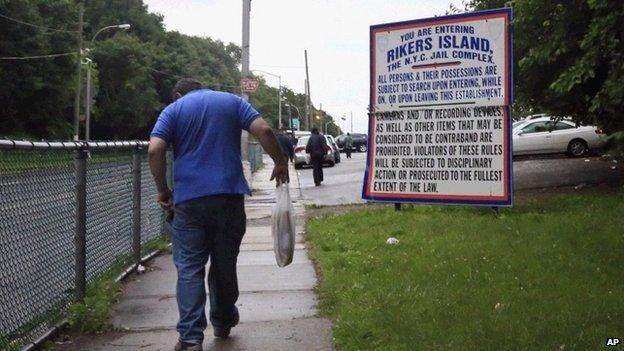
- Published31 March 2017
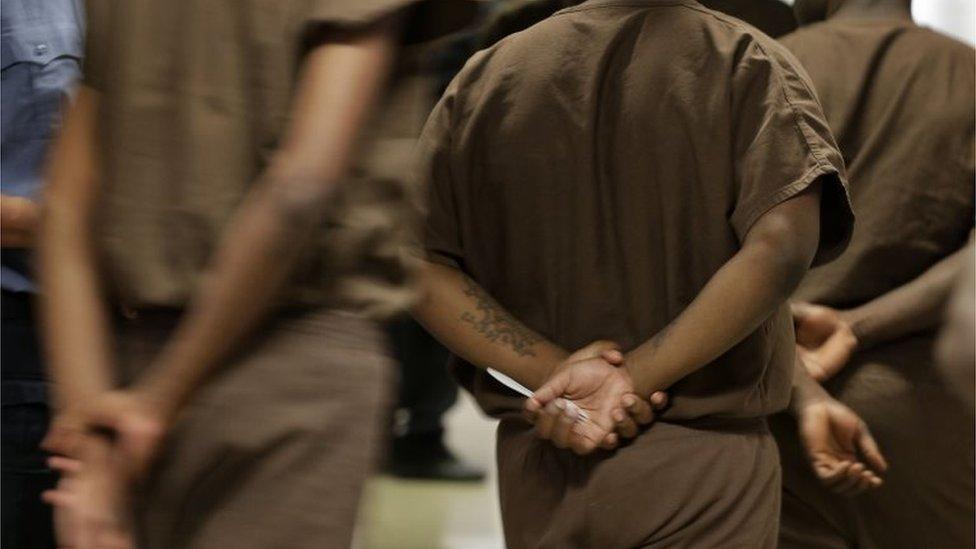
- Published18 May 2011
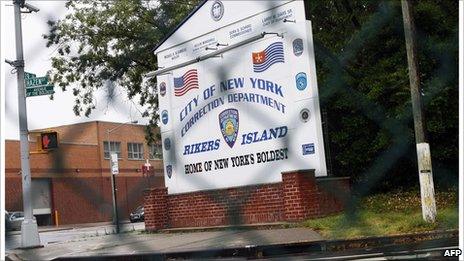
- Published12 August 2019

- Published26 January 2016
